It is a difficult problem to solve the problem that difficult to sort fine minerals in mineral processing plants. Commonly, the fine minerals we defined is the slime of mineral size less than 18 μm or less than 10 μm.
There are two main reasons of causing fine mineral particles: one is because some ores have super fine particles in themselves, so it must be fine grinded to dissociated valuable minerals and gangue minerals. Another one is because there are some easily muddy veins, clay materials and brittle minerals in ores, which are easily to create fine particle minerals.
It is hard to avoid fine minerals during production. So that we need to analyse the reasons for fine mineral flotation and choosing the responsible method for different circumstances to increase flotation efficiency.
Use the table of contents below to navigate through the guide:
01Three Causes of Difficulty and Inefficiency in Separating Fine-Grained Minerals
•01The surface energy of fine minerals increases obviously with the surface area being larger. Under some situations, different minerals could come together into non-selective mutual condensation.
•02Fine particle minerals are easier to absorb flotation reagents, but they have a bad selective absorption and a large surface solubility. So it increases the particles that difficult to separate.
•03The micro-grained minerals are small in size and are less likely to collide with flotation bubbles. They has a small quality so it is hard to overcome the resistance from the hydration shell between minerals and bubbles. So micro-grained minerals are difficult to adhere to the bubbles. It is impossible to separate valuable minerals and gangue minerals under this situation.
02Seven Methods to Solve the Challenge of Separating Micro-Grained Minerals
01: Add dispersing agent in pulp to avoid micro-grained minerals cohesion and keep them in a suitable separated state. We could use water glass, sodium polyphosphate and sodium hydroxide as dispersing agent.
02: Flotation of different mineral surfaces is improved by using low concentration pulp. Pulp concentration can not only prevent fine mud from contaminating concentrate foam, but also greatly reduce pulp viscosity.
03: By adding flotation agents in stages and batches, the non-selective adsorption of fine particle minerals on flotation agents was reduced. If the way of adding the drug in one time, the drug is easy to be absorbed by the slime.
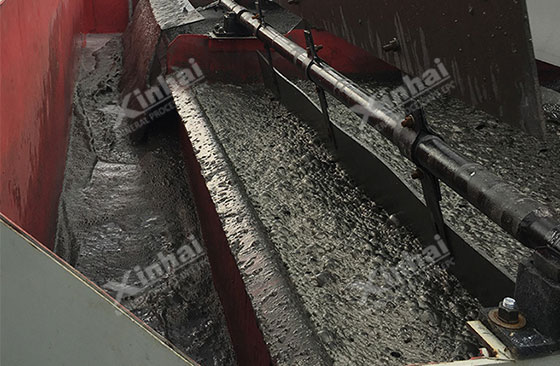
04: Before flotation, demudding and sediment separation can be done for micro-grained minerals. And professional mud reagent policy should be decided.
05: The fine particles of the target mineral can be attached to the carrier mineral and float on the carrier mineral by using the ordinary particles as carrier. In the process of flotation, the same kind of mineral or different kind of mineral can be used as the carrier according to the actual situation. For example, in the flotation of fine gold, pyrite can be used as the flotation carrier of fine gold.

06: Agglomeration flotation method was adopted. When the fine mineral is treated with the collector, the oil-like foam with ore can be formed under the action of hydrocarbon neutral oil. The slurry is then mixed with an emulsion of a collector and a neutral oil, which is stirred thoroughly to scrape out the top foam. At present, agglomeration flotation method has been used in the flotation process of fine manganese ore, ilmenite and apatite.
07: Perform selective flocculation flotation. This method makes use of the difference of physical and chemical properties of the fine particles of various minerals in the slurry, so that the flocculant can selectively use some or some minerals to flocculate, while the rest minerals are still in the state of dispersion.

In the actual production process, if selecting mineral grains are very fine, can refer to the above listed seven fine particle flotation process measures, at the same time, combining the actual situation of flotation plant itself in the comprehensive analysis of fine-grained mineral properties and flotation process, flotation reagents, corresponding solving measures, in order to improve the efficiency of fine particle flotation plant mineral flotation, achieve the effect of flotation.
03Part of Classic Mineral Processing EPC+M+O Projects
01 Morocco 500tpd Silver Flotation Project
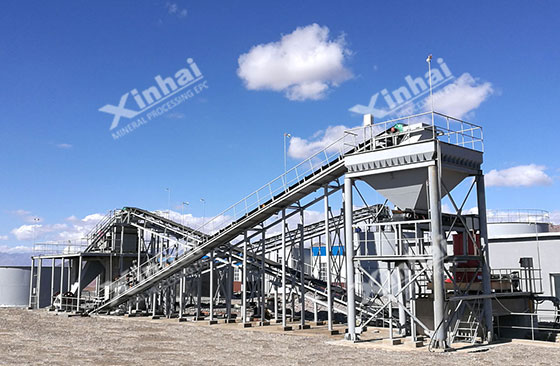
Ore Characteristic: the metallic minerals are natural silver, pyrite, limonite, etc. Gangue minerals are quartz, feldspar and clay minerals. The recycled element is silver.
Xinhai Solution: Two-and-half-block crushing – flotation(one coarse separation, three scavenging, two concentrate) – two-block dewatering
02 Columbia 1000tpd Copper Flotation Project
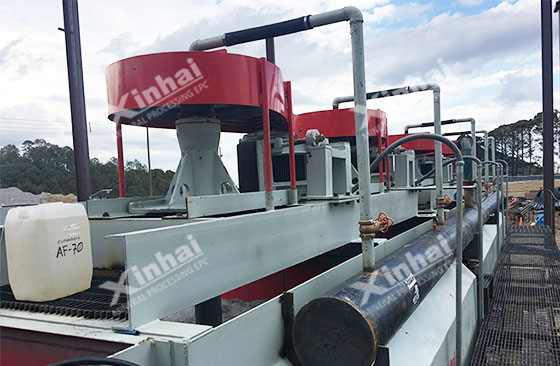
Ore Characteristic: The early stage is dominated by oxidized ore, containing a small amount of sulfide ore; Late sulfide ore, containing a small amount of oxidation ore.
Xinhai Solution: Single flotation process. After grinding, the mixed concentrate is obtained by one coarse, two fine and three sweeping flotation operations for sulfide ore and one coarse, two fine and three scavenging flotation operations for oxidized ore.
03 Uganda 720tpd Phosphorite Flotation Project
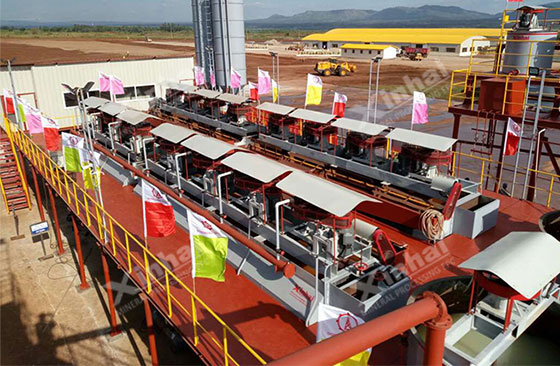
Ore Characteristic: High phosphorus tailings from magnetic separation plant, -200 mesh accounted for 50%
Xinhai Solution: De-sliming – one-block close grinding – coarse and scavenging and two concentration flotation – concentrates dewatering process
04 Mexico 1500tpd Multiple-metal Processing Project
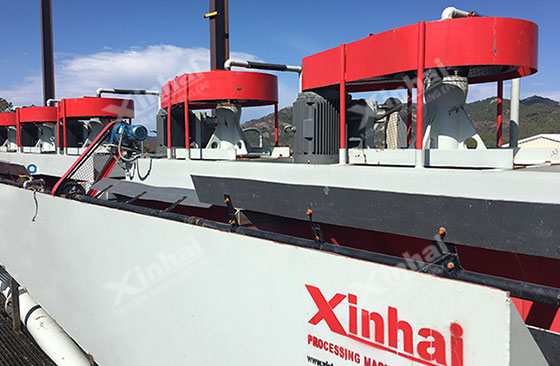
Ore Characteristic: Copper, lead, zinc and silver minerals are mainly associated with both sulfide and oxidized minerals.
Xinhai Solution: Three stages and one closed circuit crushing and screening - washing - two stages continuous closed circuit grinding - one coarse two fine three scavenging flotation - concentrate dewatering process flow
05 Yunnan 1000tpd Copper Processing Project

Ore Characteristic: The main metallic minerals are chalcopyrite, pyrite, tetrahedrite, malachite, etc. Gangue minerals are quartz, calcite, dolomite, chlorite, sericite, tourmaline and so on.
Xinhai Solution: The technological process of two-stage closed-circuit crushing, one-stage closed-circuit grinding and grading, one-stage coarse three-stage sweeping and three-stage fine floating-concentration and filtration, two-stage dewatering.

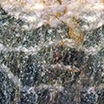
 marketing@ytxinhai.com
marketing@ytxinhai.com  0086 13810327080
0086 13810327080 





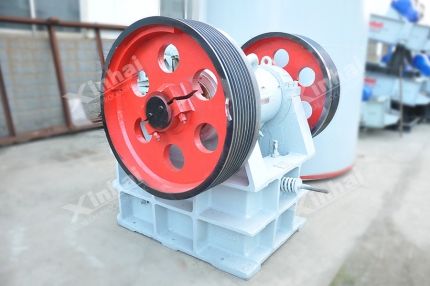

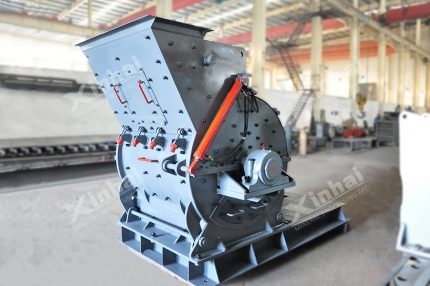

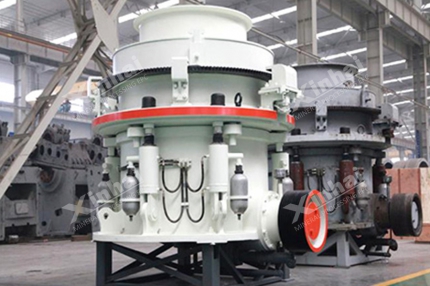




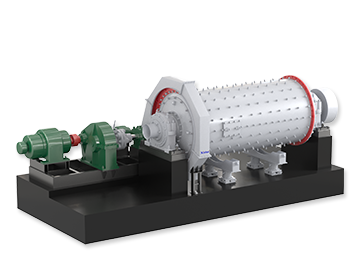
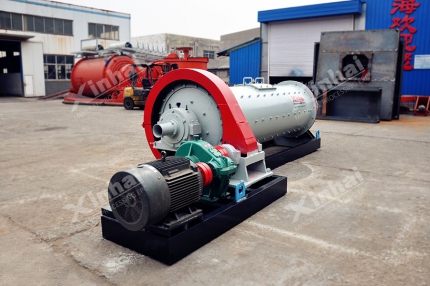







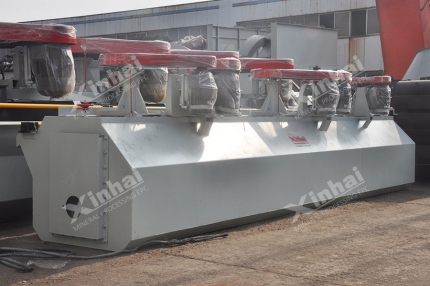
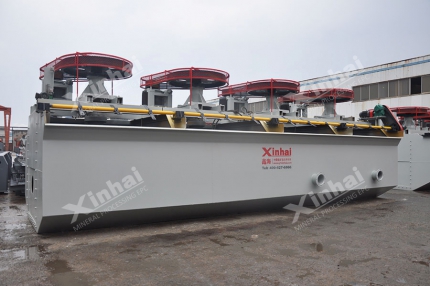
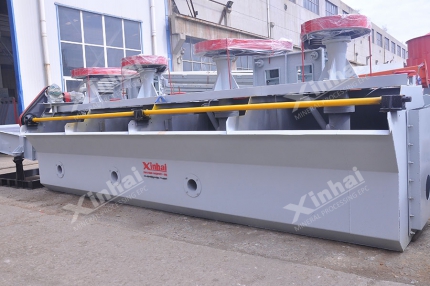

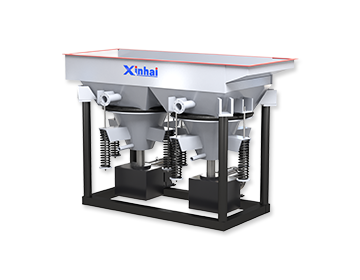
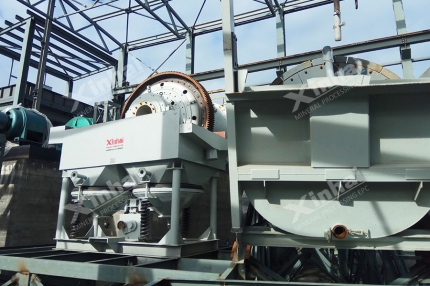
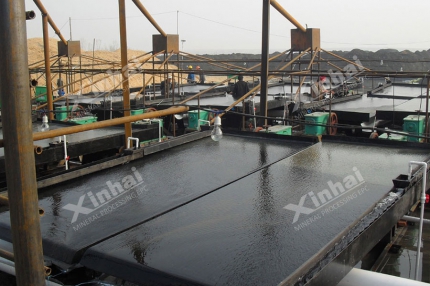


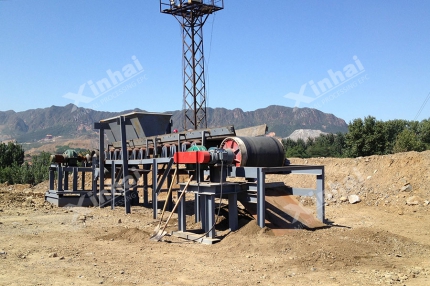











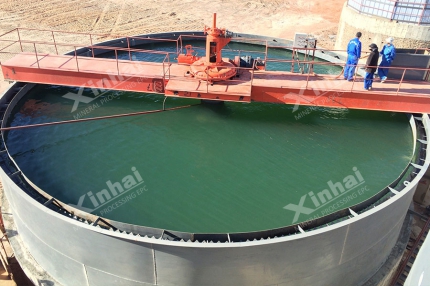











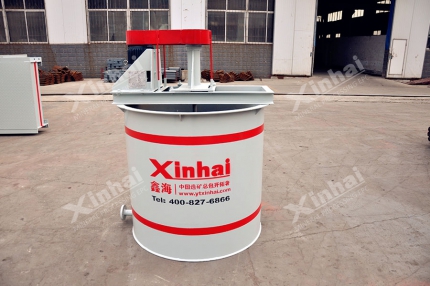






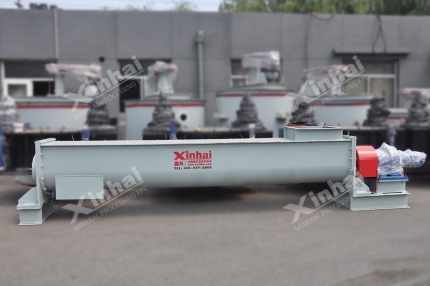



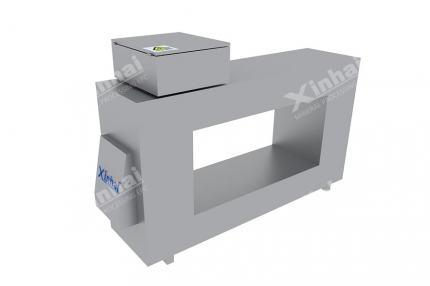
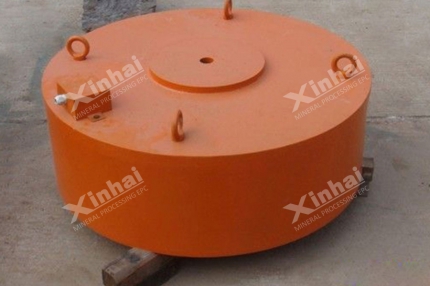


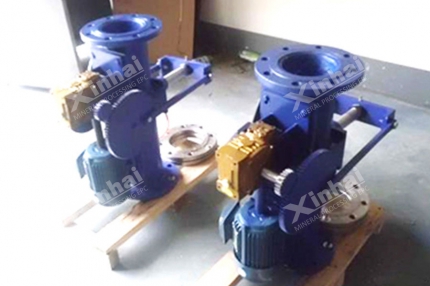
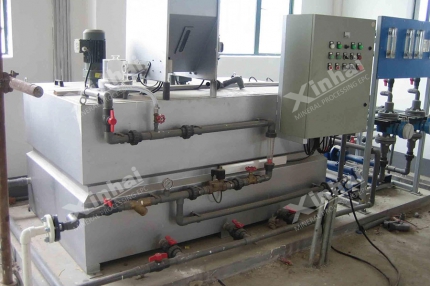


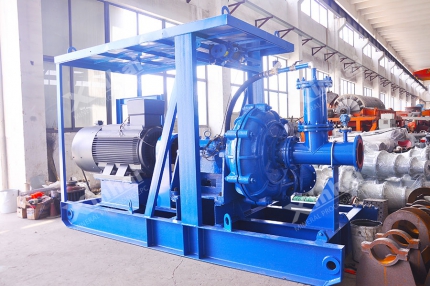
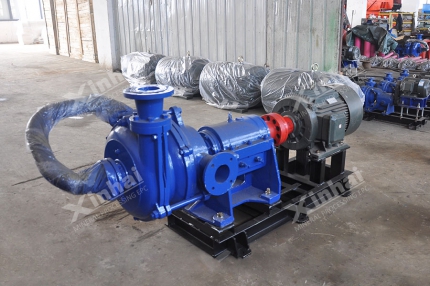


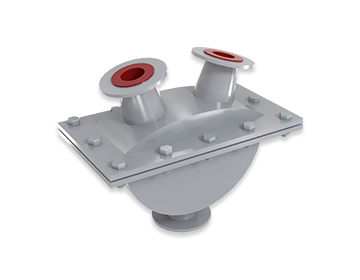
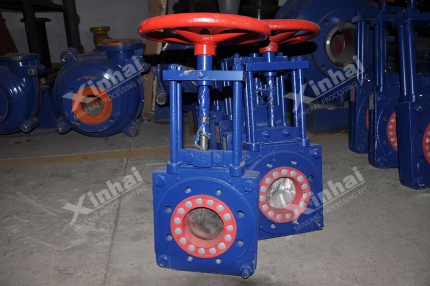











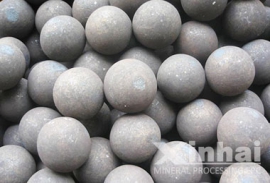


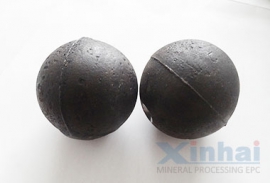


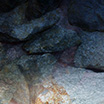



 CHAT
CHAT MESSAGE
MESSAGE










